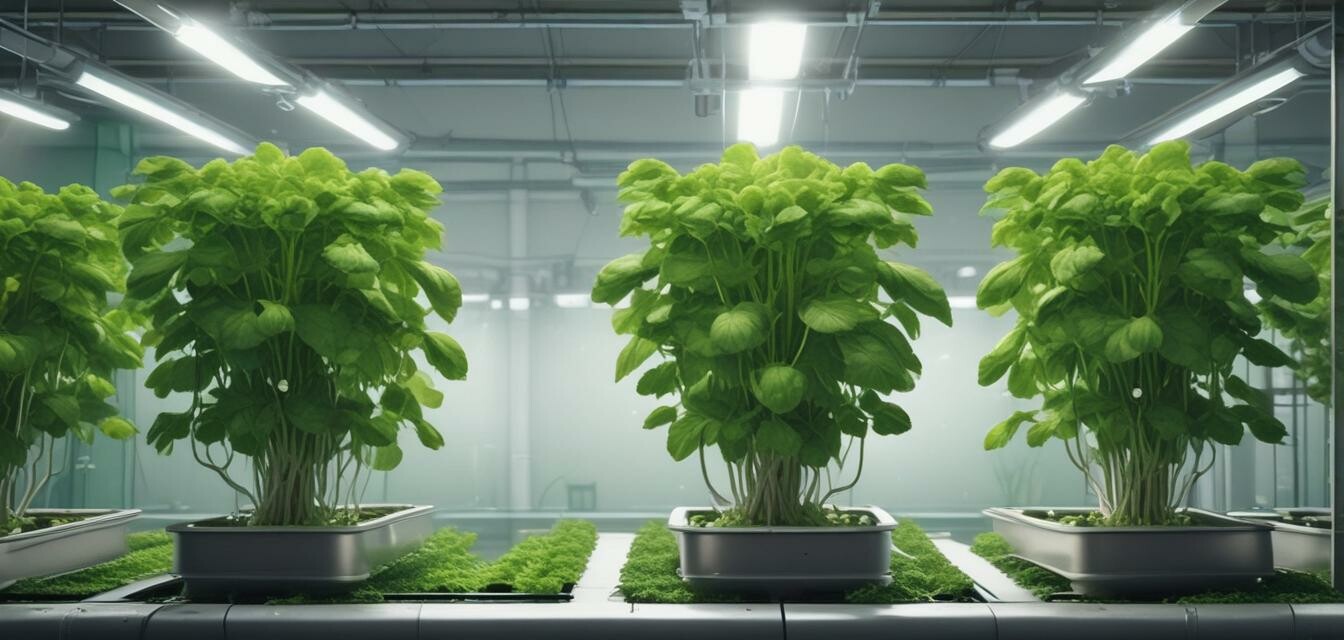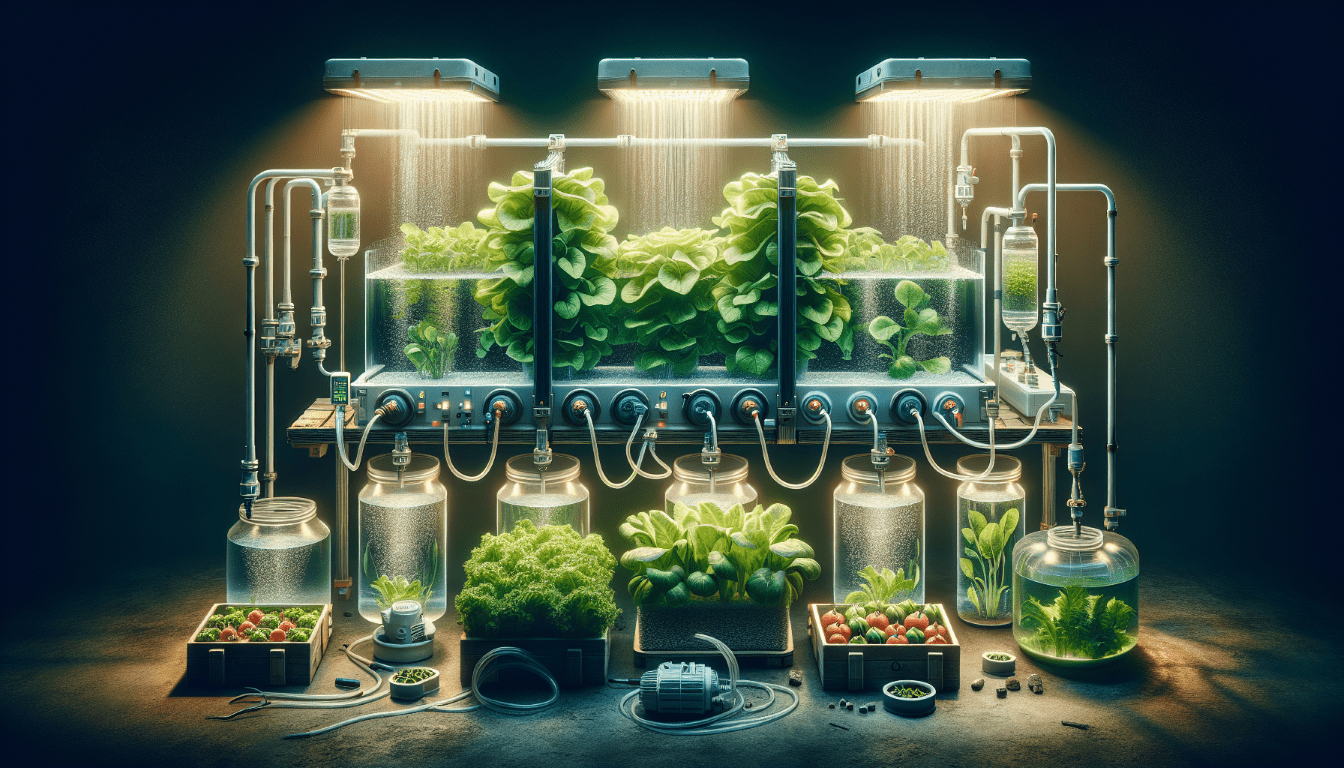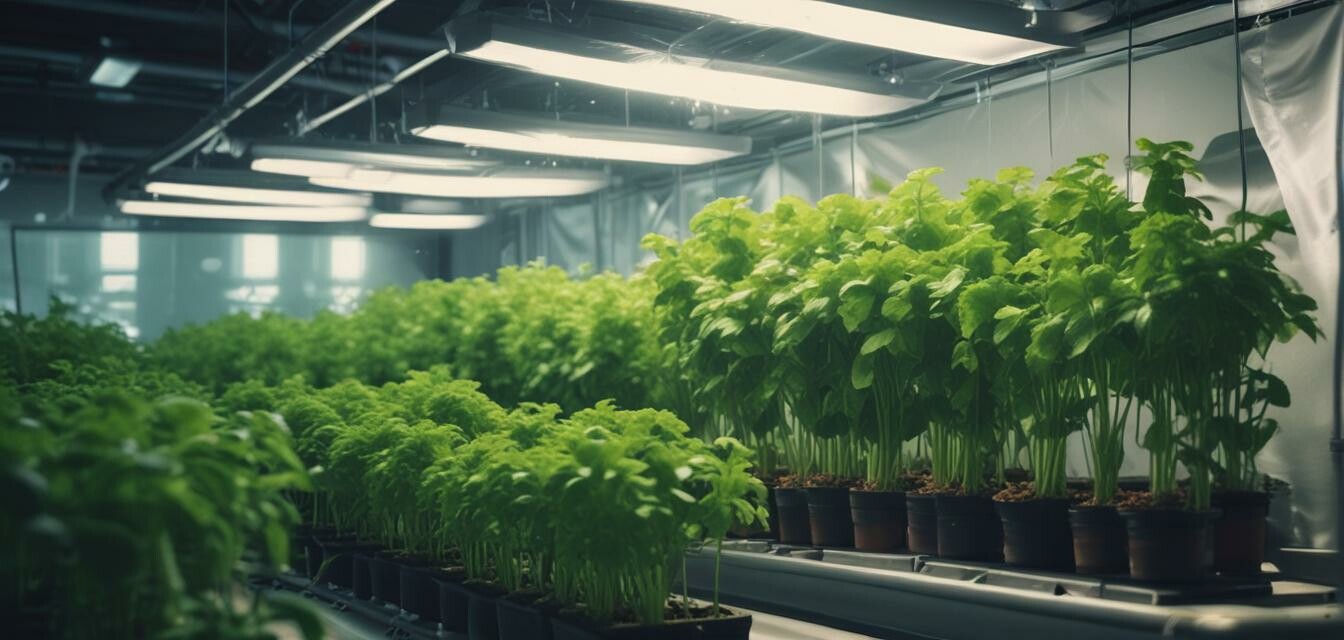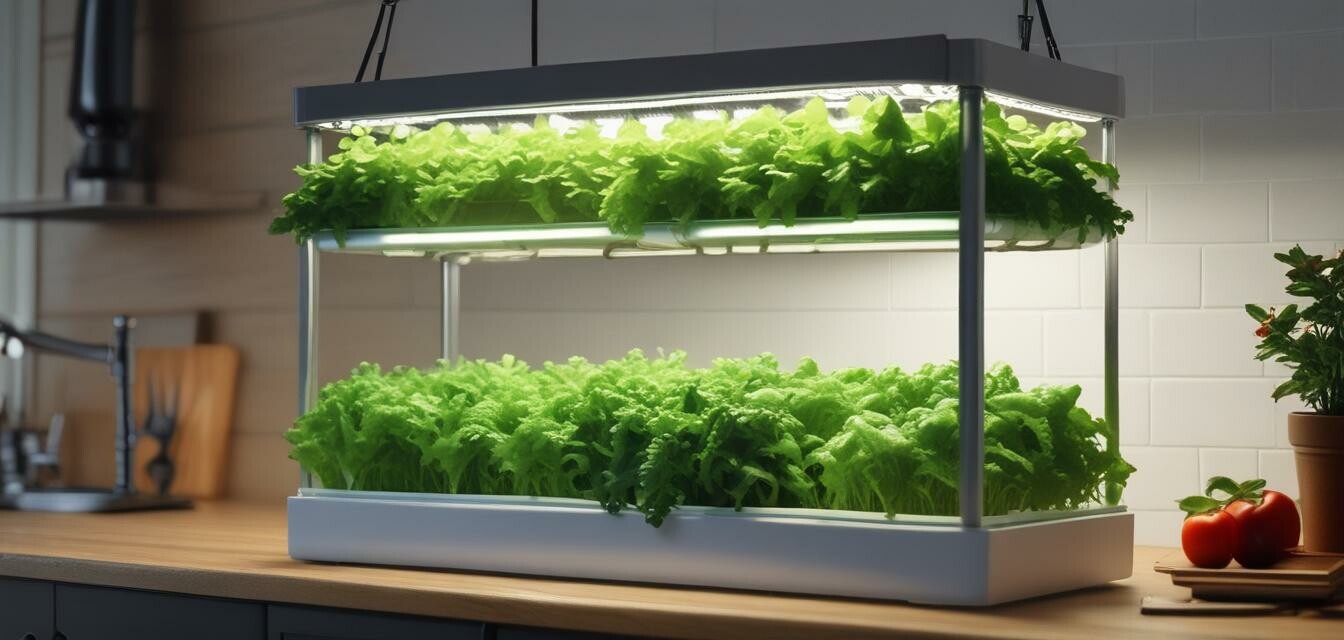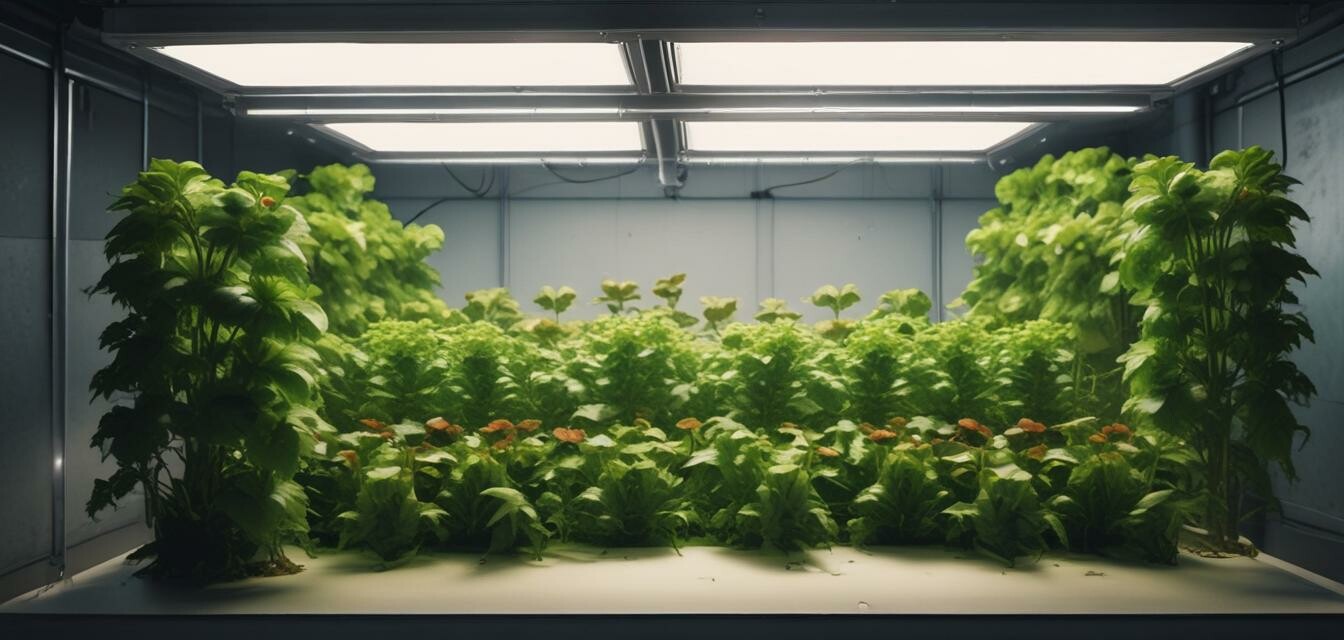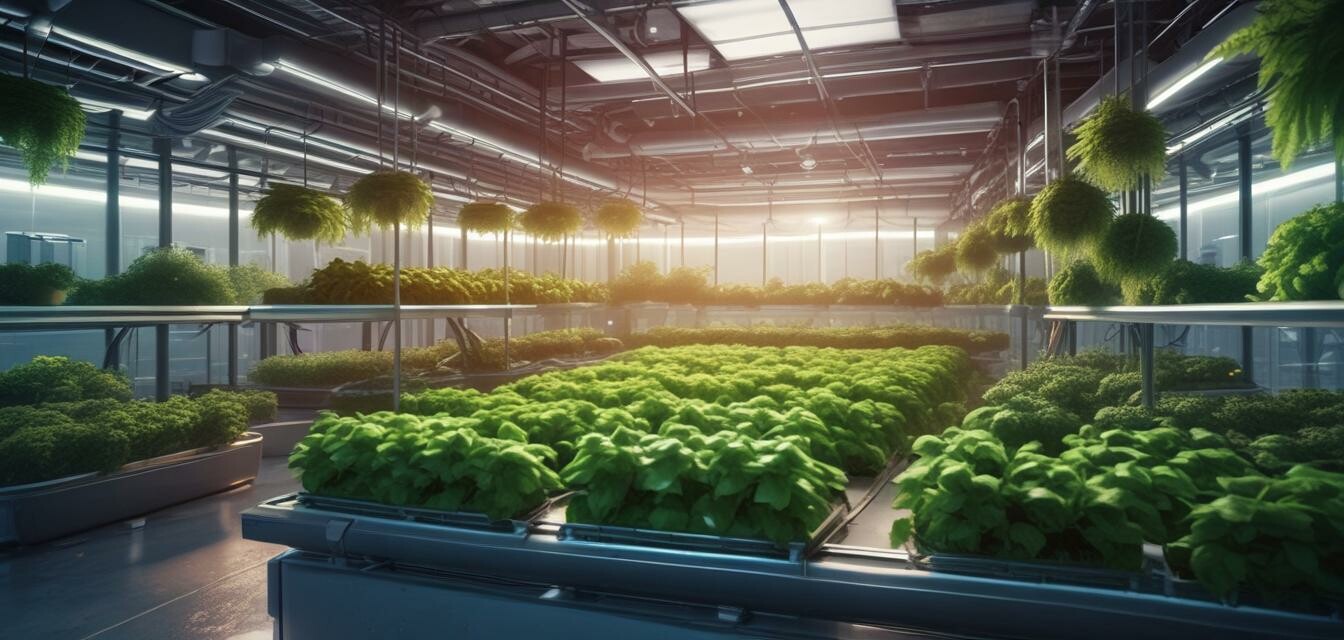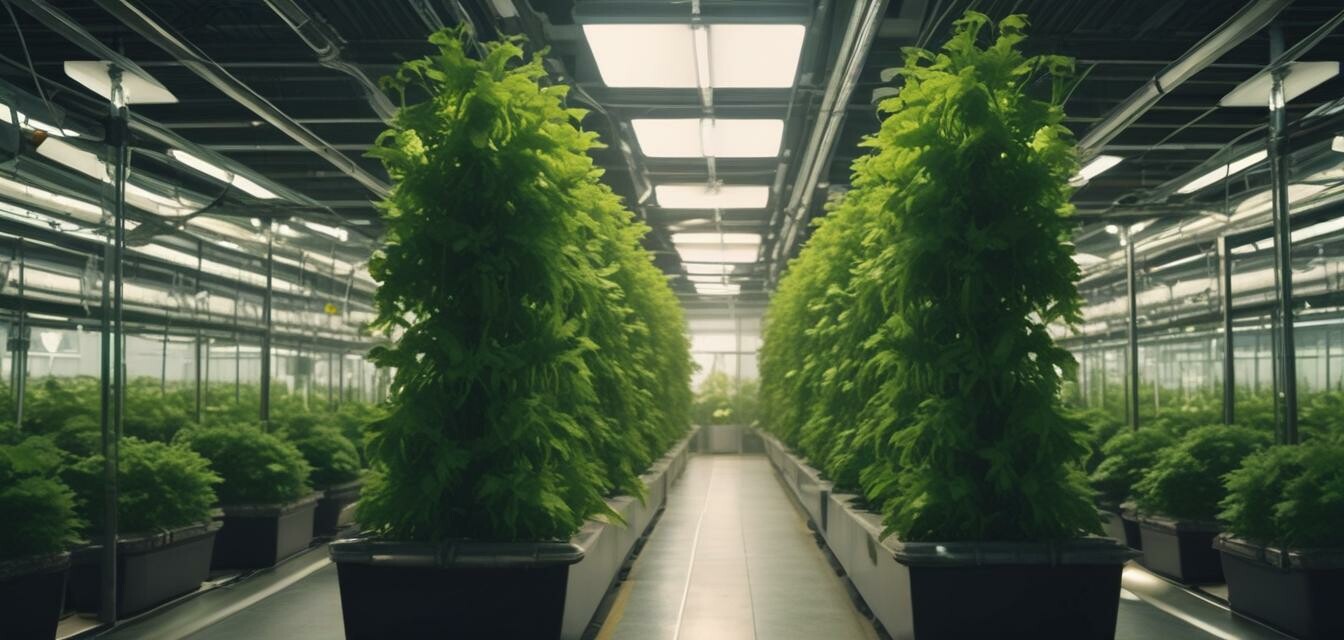
Troubleshooting common issues in indoor hydroponics
Key Takeaways
- Understanding common issues helps maintain a healthy hydroponic garden.
- Quick diagnosis can prevent significant plant stress or loss.
- Proper maintenance and monitoring can lead to a thriving indoor garden.
Indoor hydroponic gardening is an exciting venture that allows you to grow fresh produce right in your home. However, as with any gardening method, challenges may arise. This article aims to identify common issues that indoor gardeners face and provides practical solutions to resolve them effectively.
Common issues and their solutions
| Issue | Description | Solution |
|---|---|---|
| Poor plant growth | Plants are not growing as expected. | Check light levels, nutrient solution concentration, and root health. |
| Leaf discoloration | Leaves turn yellow or brown. | Evaluate nutrient balance; adjust pH levels if necessary. |
| Root rot | Roots appear mushy and black. | Improve aeration and reduce moisture levels. Remove infected roots. |
| Pest infestation | Visible pests on plants. | Use organic pest control or insecticidal soaps for treatment. |
| Algae growth | Presence of algae in water tanks. | Reduce light exposure and ensure proper sanitation of systems. |
Poor plant growth
Poor growth is often the first sign that something is amiss in your hydroponic system. Here’s how to diagnose and correct the issue:
- Check light levels: Ensure that plants receive adequate light based on their specific needs.
- Nutrient solution concentration: Measure EC (electrical conductivity) to ensure nutrients are at optimal levels.
- Root health: Inspect roots for discoloration or signs of rot.
Leaf discoloration
Leaves may discolor due to various factors, often indicating a nutrient deficiency or imbalance:
- Yellowing leaves could signal nitrogen deficiency.
- Brown spots may suggest a calcium deficiency.
- Regular testing of pH levels can help maintain nutrient availability.
Root rot
Root rot is a significant problem that can devastate your crops:
- Ensure good oxygenation of the nutrient solution.
- Consider adding a hydroponic pump to improve circulation.
- Monitor water temperature, keeping it between 65°F and 70°F.
Pest management
Pests can quickly become a nuisance in your indoor garden. Here’s how to tackle them head-on:
| Pest | Identification | Treatment |
|---|---|---|
| Spider Mites | Small red or yellow dots; webbing on leaves. | Use neem oil or insecticidal soap. |
| Aphids | Small, green, or black bugs on plants. | Introduce ladybugs or use insecticidal soap. |
| Whiteflies | Small, white moth-like insects; sticky residue on plants. | Apply yellow sticky traps; use insecticidal soap. |
Preventive measures
Prevention is the best cure when it comes to maintaining a healthy hydroponic environment:
Tips for beginners
- Start with simpler plants before advancing to complex varieties.
- Keep a gardening journal to track plant progress and issues.
- Regularly check and adjust pH and nutrient levels.
Dealing with algae
Algae can negatively impact your hydroponic garden. Here’s how to control it:
- Limit light exposure to nutrient solution reservoirs.
- Frequently clean and sanitize your system.
- Consider using opaque containers to block light.
Conclusion
Common issues in indoor hydroponics can be easily identified and resolved with the right knowledge and techniques. Regular monitoring and preventive measures will ensure a successful hydroponic experience.
Pros
- Fresh food all year round.
- Reduced need for pesticides.
- Space-efficient methods of growing.
Cons
- Initial setup can be expensive.
- Requires constant monitoring and maintenance.
- Risk of system failure affecting entire crop.
Additional resources
Explore more about indoor hydroponics through our other articles:
- Countertop hydroponic kits
- Environmental control equipment
- Hydroponic pumps and accessories
- Lighting solutions for hydroponics
- Nutrient and additive solutions
Visual guidance
Sometimes it's easier to understand concepts visually. Below are visual aids for common hydroponic problems:
